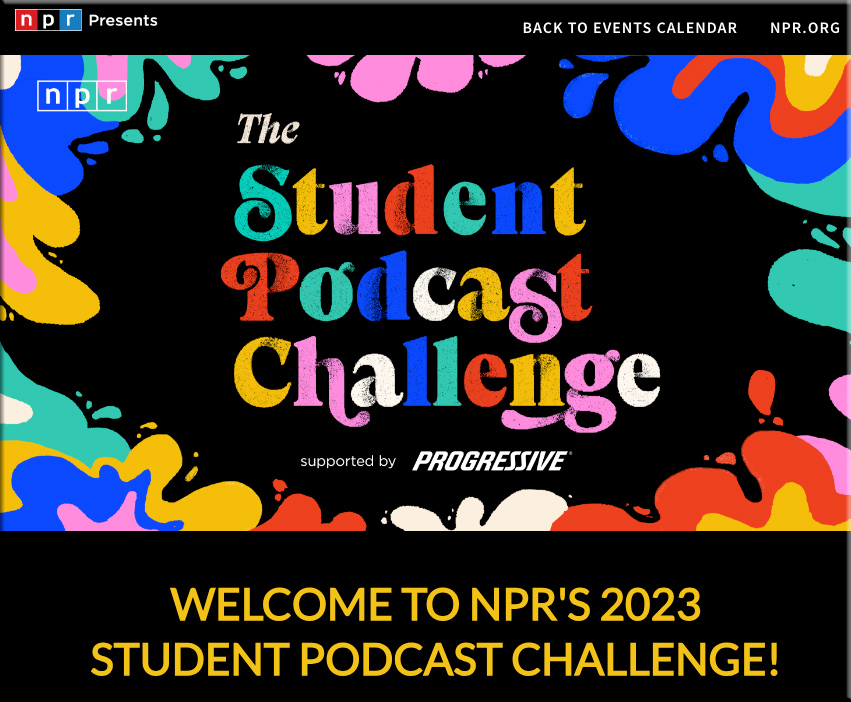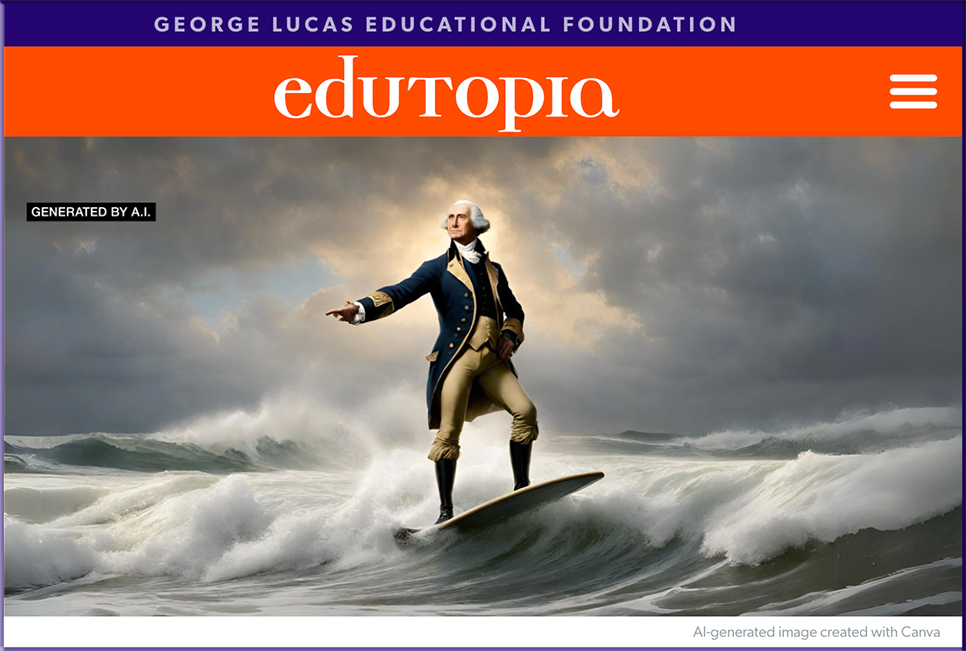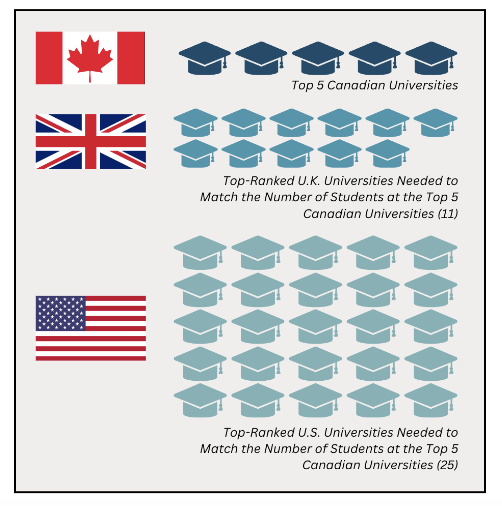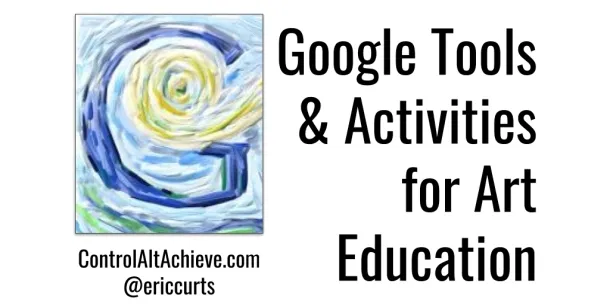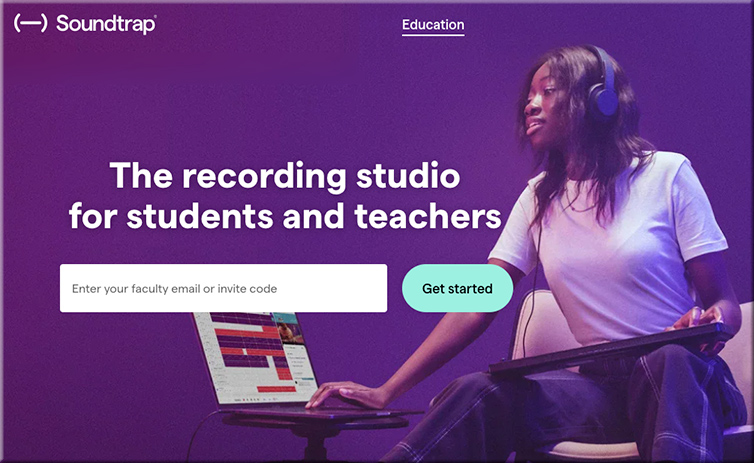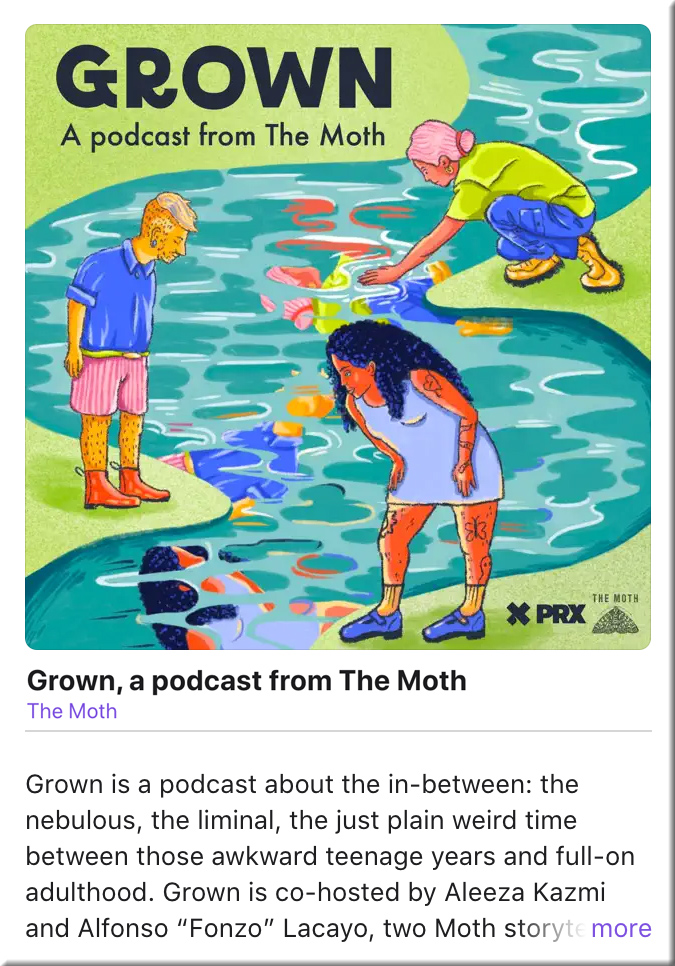NYC High School Reimagines Career & Technical Education for the 21st Century — from the74million.org by Andrew Bauld
Thomas A. Edison High School is providing students with the skills to succeed in both college and career in an unusually creative way.
From DSC:
Very interesting to see the mention of an R&D department here! Very cool.
Baker said ninth graders in the R&D department designed the essential skills rubric for their grade so that regardless of what content classes students take, they all get the same immersion into critical career skills. Student voice is now so integrated into Edison’s core that teachers work with student designers to plan their units. And he said teachers are becoming comfortable with the language of career-centered learning and essential skills while students appreciate the engagement and develop a new level of confidence.
…
The R&D department has grown to include teachers from every department working with students to figure out how to integrate essential skills into core academic classes. In this way, they’re applying one of the XQ Institute’s crucial Design Principles for innovative high schools: Youth Voice and Choice.
.

Student Enterprise: Invite Learners to Launch a Media Agency or Publication — from gettingsmart.com by Tom Vander Ark
Key Points
- Client-connected projects have become a focal point of the Real World Learning initiative, offering students opportunities to solve real-world problems in collaboration with industry professionals.
- Organizations like CAPS, NFTE, and Journalistic Learning facilitate community connections and professional learning opportunities, making it easier to implement client projects and entrepreneurship education.
Important trend: client projects. Work-based learning has been growing with career academies and renewed interest in CTE. Six years ago, a subset of WBL called client-connected projects became a focal point of the Real World Learning initiative in Kansas City where they are defined as authentic problems that students solve in collaboration with professionals from industry, not-for-profit, and community-based organizations….and allow students to: engage directly with employers, address real-world problems, and develop essential skills.
Portrait of a Community to Empower Learning Transformation — from gettingsmart.com by Rebecca Midles and Mason Pashia
Key Points
- The Community Portrait approach encourages diverse voices to shape the future of education, ensuring it reflects the needs and aspirations of all stakeholders.
- Active, representative community engagement is essential for creating meaningful and inclusive educational environments.
The Portrait of a Graduate—a collaborative effort to define what learners should know and be able to do upon graduation—has likely generated enthusiasm in your community. However, the challenge of future-ready graduates persists: How can we turn this vision into a reality within our diverse and dynamic schools, especially amid the current national political tensions and contentious curriculum debates?
The answer lies in active, inclusive community engagement. It’s about crafting a Community Portrait that reflects the rich diversity of our neighborhoods. This approach, grounded in the same principles used to design effective learning systems, seeks to cultivate deep, reciprocal relationships within the community. When young people are actively involved, the potential for meaningful change increases exponentially.
Q&A: Why Schools Must Redesign Learning to Include All Students — from edtechmagazine.com by Taashi Rowe
Systems are broken, not children, says K–12 disability advocate Lindsay E. Jones.
Although Lindsay E. Jones came from a family of educators, she didn’t expect that going to law school would steer her back into the family business. Over the years she became a staunch advocate for children with disabilities. And as mom to a son with learning disabilities and ADHD who is in high school and doing great, her advocacy is personal.
Jones previously served as president and CEO of the National Center for Learning Disabilities and was senior director for policy and advocacy at the Council for Exceptional Children. Today, she is the CEO at CAST, an organization focused on creating inclusive learning environments in K–12. EdTech: Focus on K–12 spoke with Jones about how digital transformation, artificial intelligence and visionary leaders can support inclusive learning environments.
Our brains are all as different as our fingerprints, and throughout its 40-year history, CAST has been focused on one core value: People are not broken, systems are poorly designed. And those systems are creating a barrier that holds back human innovation and learning.











